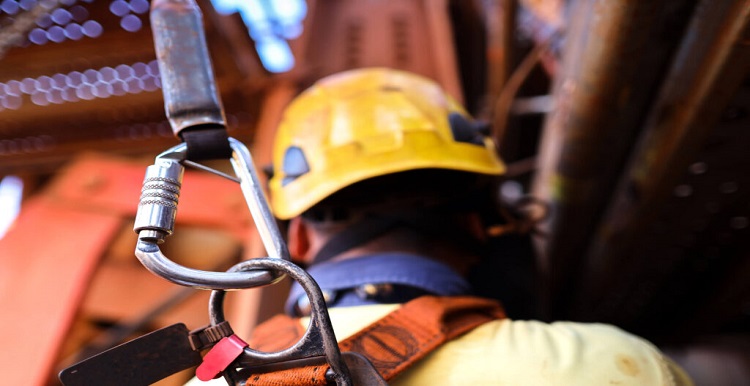Below is a standard procedure that provides direction and assists in the selection, use and inspection of the various types of fall protection/prevention devices that could be used on any construction project site where personnel and assets are at risk from fall from heights.
This safety instruction addresses or covers the activities inside the offices and project sites, additional control measures may be required depending upon project type, country laws and any other local requirements.
In certain circumstances the provision and use of harnesses (fall risk position) is necessary, although they provide valuable protection but are not substitute for effective fall prevention measures.
Overall the project manager is having the responsibilities for the implementation of this standard safety procedure.
Hazard Identification and Risk Assessment
The assessment must take into consideration the need to provide harnesses in a fall risk position.
Harnesses should be used as a last resort where protected working platforms e.g. scaffold, mobile elevated work platforms cannot be used.
The assessment should identify the number of persons, the duration of use and the number of anchor points/running lines available.
Risk Checklist for Fall Protection
a) Access to workplace being safe.
b) Number of anchor points/running lines.
c) Security of anchor points/running lines.
d) Correct, secure clipping of karabiner to anchor points.
e) Correct wearing of harness and condition of Harnesses (Wear and Tear)
f) Positioning of lanyard karabiner to harness webbing.
g) Checking for damaged webbing
Control Measures to Protect Falling From Height
There are several types of harnesses available and include:
General Purpose Safety Harnesses (Type D)
They are intended for use where freedom of movement is required but where the combined effects of the position of the anchorage, the length of the lanyard, the attachment point on the harness and the length of any extensible webbing limits the drop to a maximum of 2m.
Safety rescue harnesses are worn by persons working in confined spaces where there is a risk of being overcome by noxious gases or fumes, or as in coal bunkers, slag hoppers, grain silos and the like, where there is the danger of suffocating by immersion in the material on which they are standing.
They should be used only in conjunction with appropriate rescue lines.
Safety Rescue Harnesses (Type E)
Rescue harnesses although primarily intended for withdrawal in the event of an accident are also intended for a maximum drop of 0.6m.

Approved Harnesses
A general purpose harness (Type D) is to be used in all situations. However, the Safety Rescue Harness (Type E) is permitted to be used in confined spaces where rescuers may be required.
Safety Harness Usage
When a working platform cannot be provided and where there is no facility to fix safety nets, or the rapid movement of the work would not sensibly permit the fixing of safety nets, then safety harnesses must be used where persons can fall from more than 2 meters.
All harnesses must be in good condition and inspected prior to use.
Suitable fixing points must be established such that, so far as possible, working person should be able to have free movement without the need to constantly unclip and re-fix the harness.
A running line may be possible solution in most of the cases.
Where the foregoing distances do not permit sufficient range of movement, then inertia reels may be used provided that the maximum free fall distances are not exceeded.
All persons required to wear harnesses must be given adequate instruction in the application and maintenance of the equipment.
Emergency Planning
Any worker using Safety Harness as the primary means of fall protection should not be allowed to work alone.
A mean of rescue needs to be planned prior to authorizing the use of safety harnesses as a fall prevention control.
It must be remembered that relatively short periods of suspension on a safety harness can lead to death due to the restricted ability of the victim to breathe.
Harnesses Usage Checklist
Have other means of preventing fall been considered and eliminated.
Is all equipment suitable and in good condition.
Are persons trained in the use of the equipment.
Are anchor points adequate and secure.
Is access to the place of work safe to prevent falls.
Has a safe means of rescue been planned.
Necessary Records
Safety Harness / Nets Monthly Inspection
